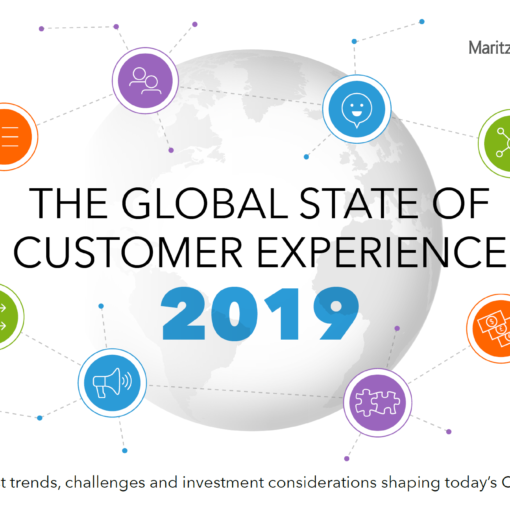Customer valuation and customer centricity need to go hand in hand, if a company wants to be and stay successful. We have been postulating for years now, that truly customer-centric companies have above average capabilities to create mutual value. This means that they generate high levels of value both for their customers (commonly called ‘customer benefits’ or ‘net customer benefits’) and for own organisation (usually called ‘customer value’).
In addition to this, they have a strong focus on potentially valuable customers. This means that they are capable of identifying customers (or customer segments) that are particularly valuable to them over the course of their relationship with the organisation or have the potential to become valuable. This requires three things:
Key requirements:
- Understanding that the development of a customer-centric organisation has a lot to do with numbers and math
- Mastering sophisticated customer valuation techniques
- Collecting the right information about (target) customers and storing them in a powerful system
In an interesting recent interview about customer valuation and customer centricity, Peter Fader, Professor for Marketing at The Wharton School of the University of Pennsylvania, uses some of the same arguments. Among other things, he advocates that CMOs should be thinking like CFOs and embrace concepts like customer lifetime value. He argues that customer centricity does not mean to focus on any customer, but on the valuable ones. This will allow the company to create more value for itself and consequently allows it to generate a high level of benefits for its target customers.
Some resources on the topic
- Listen to the mentioned interview with Prof. Peter Fader in full length here.
- Read previous related blog postings by WATC Consulting AG by following these links: ‘Definition of Customer Centricity’ and ‘Realisierung von Customer Centricity’ (German).
- Refer to one of our previous papers on customer valuation here: ‘The value of a customer’.




